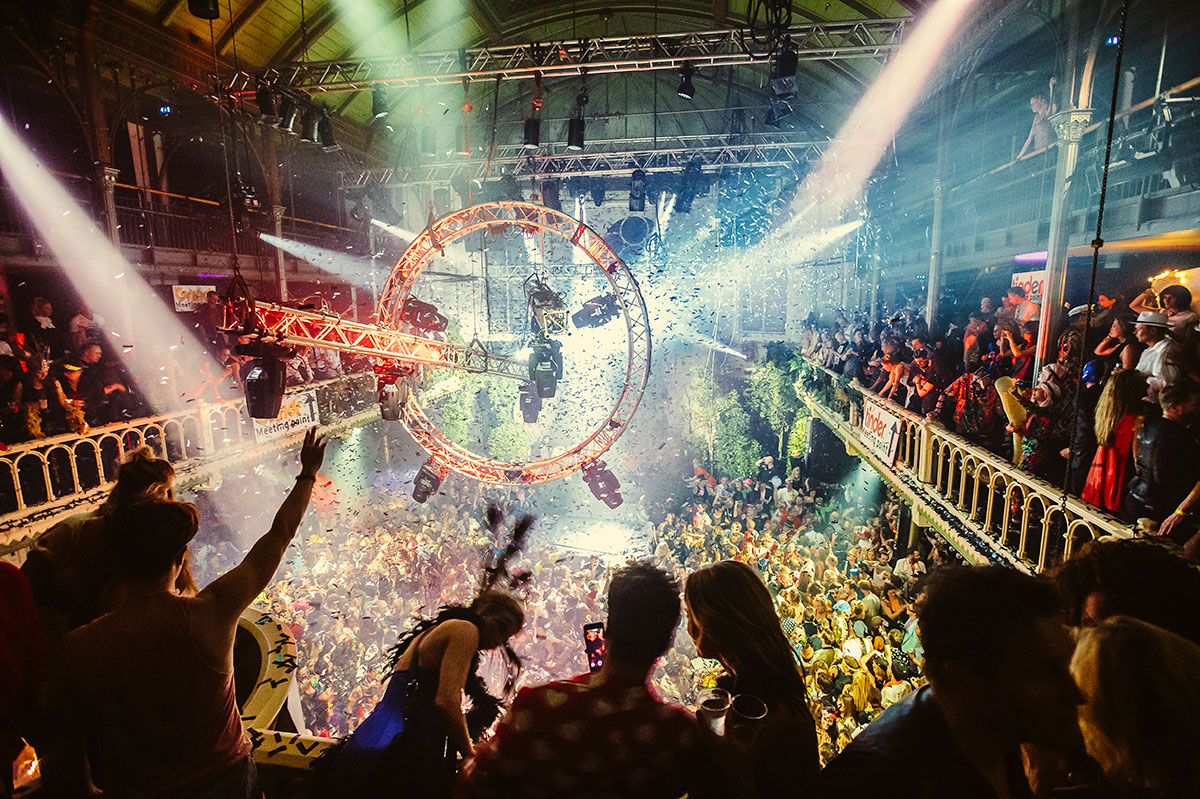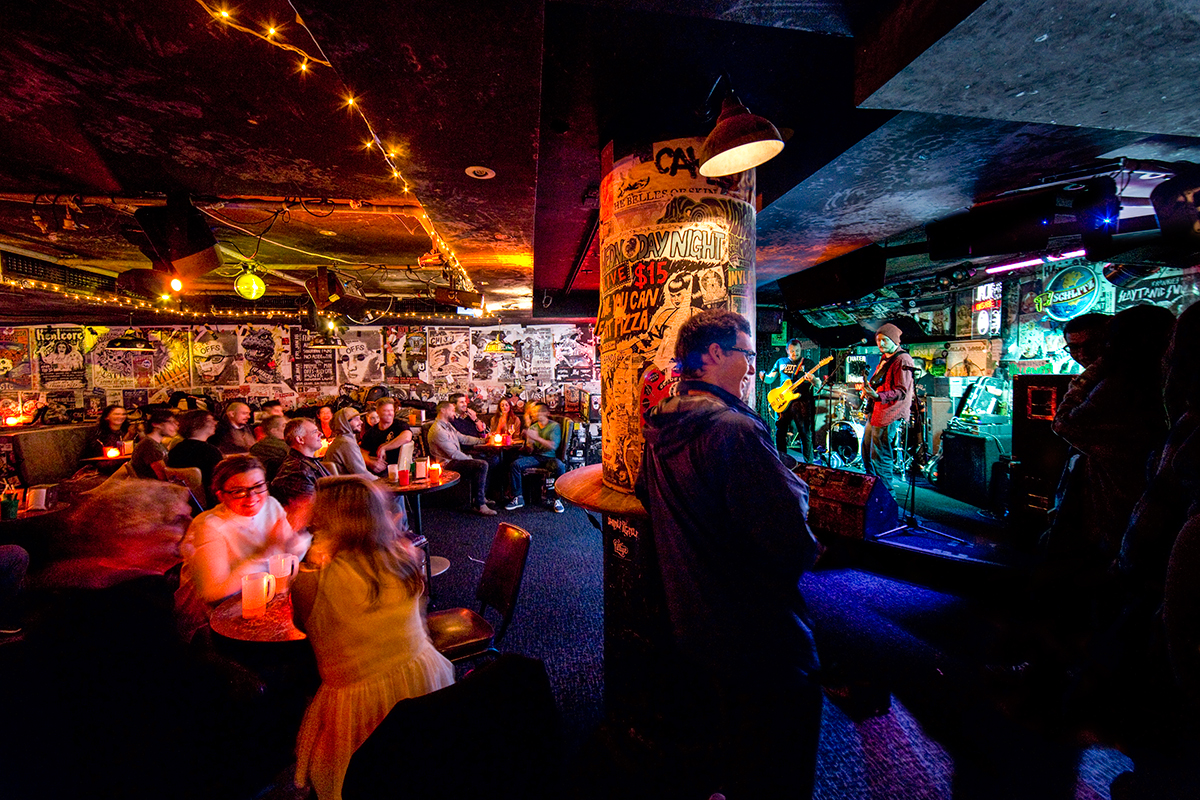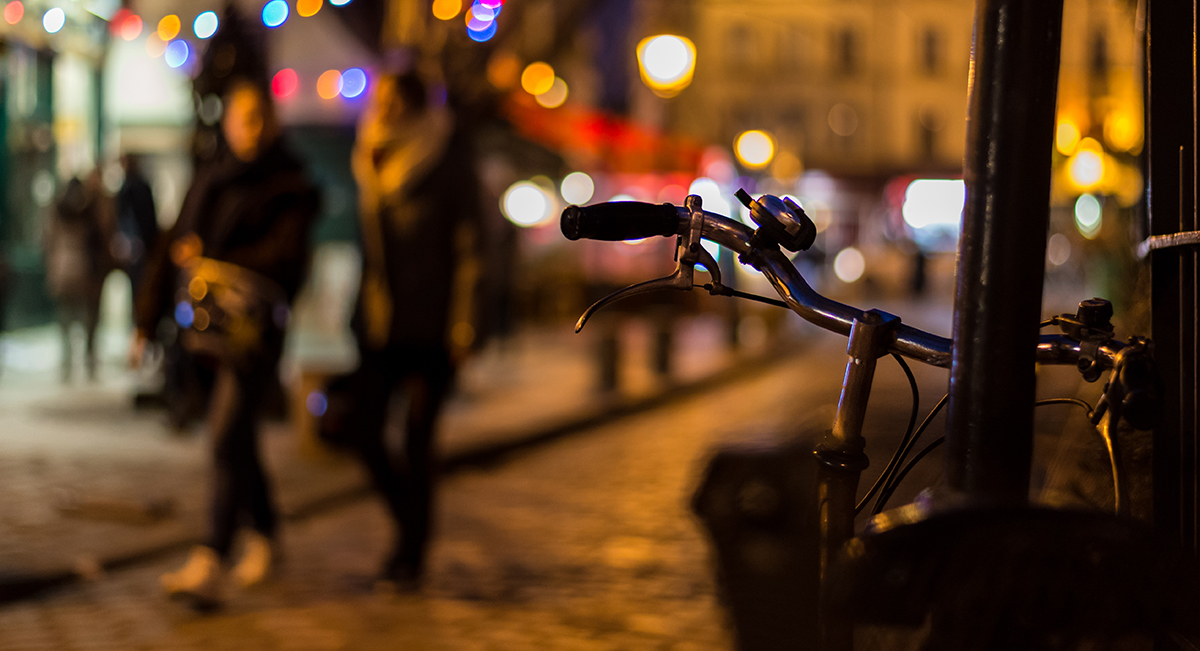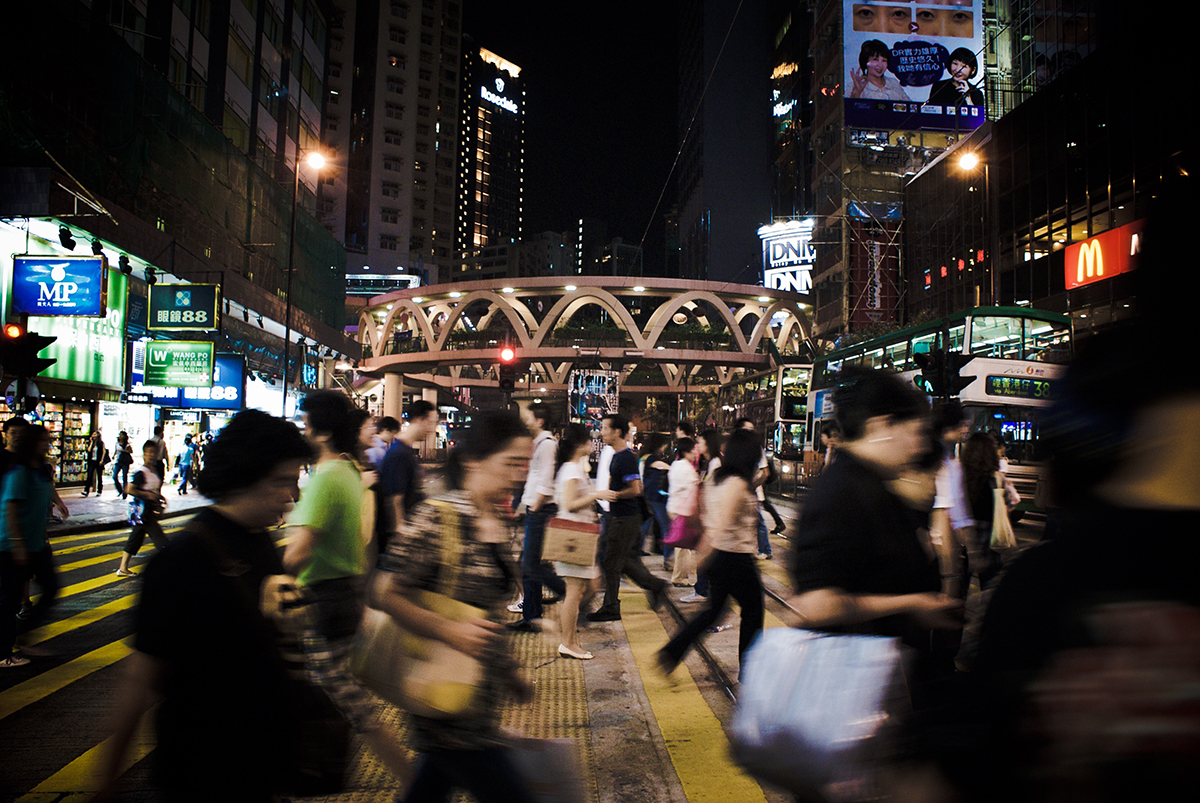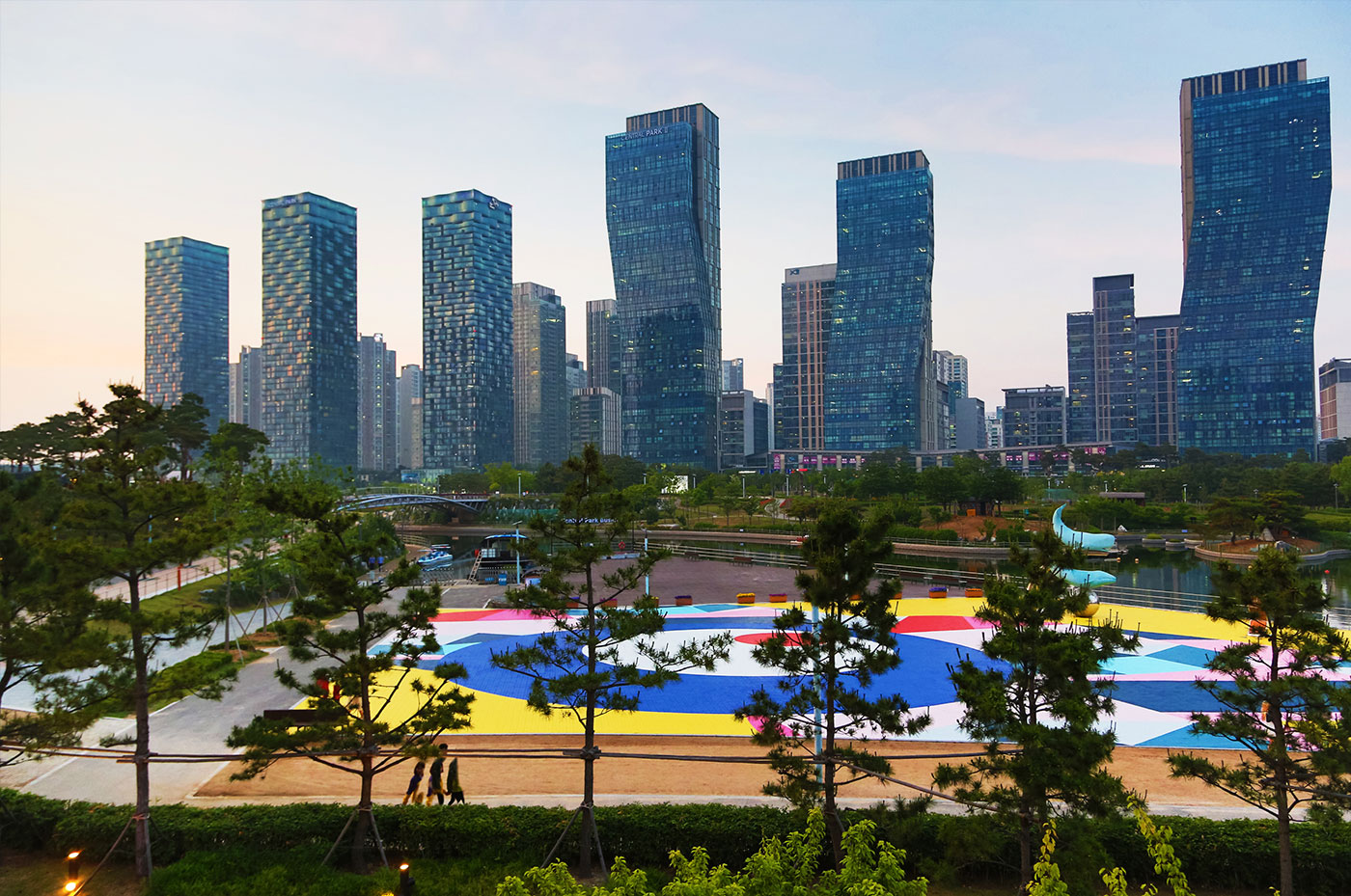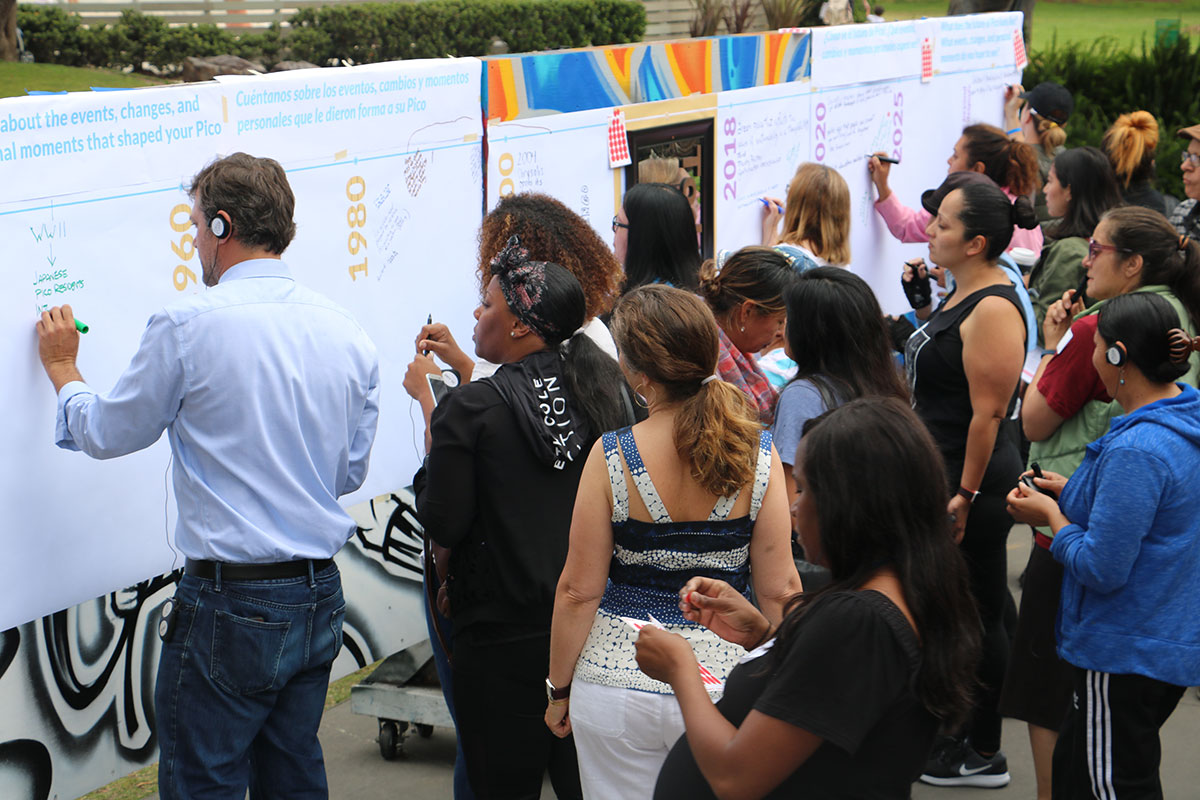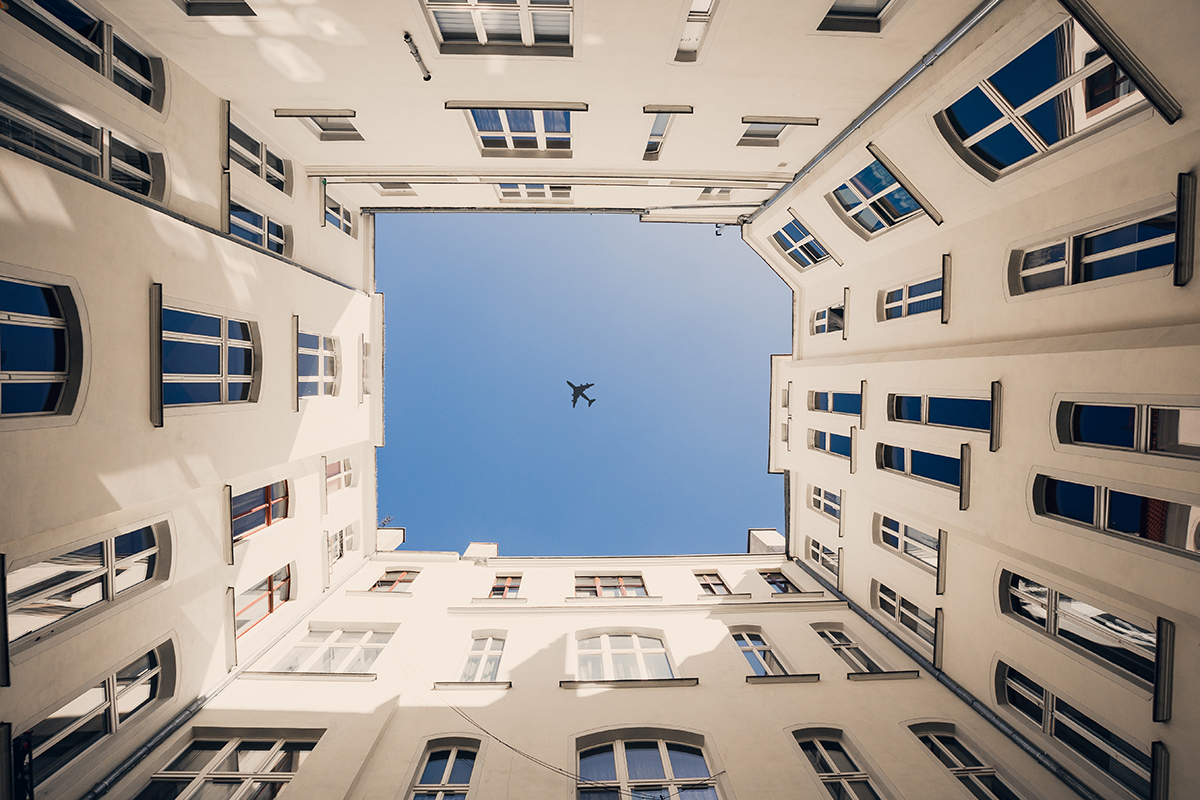Aug 26, 2019
The urban night has been a place for cultural innovation for many decades. Entire social and cultural streams have been created through artistic communities breaking the rules and experimenting with different forms of expression. Music is one of the best examples of how a genre can influence the way how people think, dress, and act.…
Aug 26, 2019
All great cities must find a way to create and maintain a vibrant, exciting night time economy while balancing the needs of local residents and keeping everyone safe. In Sydney, we’re charting that course with a vision developed over the last decade, which puts residents, businesses, and visitors – as well as world-wide best practices…
Aug 26, 2019
Cities around the world are experiencing a cycling revolution. In the face of congestion, rising commute costs and climate change, more and more urbanites are choosing the bicycle as a form of transportation. From smaller cities, such as Halifax, Canada, who just last month installed their first ever protected bike lane, to sprawling metropolises, such…
Aug 26, 2019
A fresh approach to environmental design after dark aims to increase social and physical activity in public space—addressing both day and night workers. The intended outcome is better health, in part, through walkability and economic vitality. Nighttime design is a time-based discipline that addresses complex conditions, from dusk to dawn, through education, research pilots and…
Aug 26, 2019
In the week in which I write this article, the internet searches feeding my blog on night-time culture have brought me news of wide-ranging developments around the world. In Ireland, the cities of Cork and Dublin announced plans to extend and promote late-night openings for art galleries and museums, in an effort to improve the…
Aug 26, 2019
“We have to be there at ungodly hours, before transit even beings or long after it ends.” That is how one airport worker described her nighttime shifts to me back in 2016 when I was interviewing workers and union representatives across a wide variety of sectors. A key finding in my own interviews with workers…
Aug 26, 2019
A city’s nighttime activities need to reflect the population it serves. Government officials, community leaders, and residents must collaborate to support and promote diverse and inclusive nighttime activities for diverse communities such as people from different backgrounds, people who identify as LGBTQ+ and people with disabilities. One of Washington, DC’s prime cultural events is Art…
Jul 23, 2019
The world is experiencing three massive transitions in the urban space – the rollout of greenfield cities, the decarbonization of our energy system, and a profound mobility revolution that is fundamentally changing how goods and people move through cities. This Big Picture explores how these three transitions are changing the urban landscape and the way…
Uncategorized
Jun 13, 2019
Santa Monica’s Wellbeing Index was premised on a bold idea: what if we went beyond traditional performance measures and used data to genuinely understand the people we serve in order to more effectively respond to community needs? We have always believed that government exists to safeguard and improve people’s lives. But we, like many other…
Jun 04, 2019
Promoting Affordability, Health, and Community Most of the housing that has been built, and continues to be built, is premised on lifestyles, technology, and demographics of the past. As a result, a lot of the housing is unnecessarily expensive, unsustainable for the planet, unhealthy for its inhabitants, and not the type of housing today’s urbanites…
Jun 04, 2019
When something iconic fades away, is there a way to bring it back? In El Paso, TX, a figurative and literal flame was gradually extinguished as the historic Blue Flame building, built in 1954, sat mostly empty over the past quarter century. The building had served for decades as the natural gas company’s headquarters, its…
Jun 04, 2019
Los Angeles is facing an unprecedented affordable housing crisis. High rents are forcing many low-income residents to move out of the city in order to avoid succumbing to homelessness. According to homelessness counts between 2010 and 2017, the number of homeless people across Los Angeles County has gone up 42 percent from 38,700 to more…
